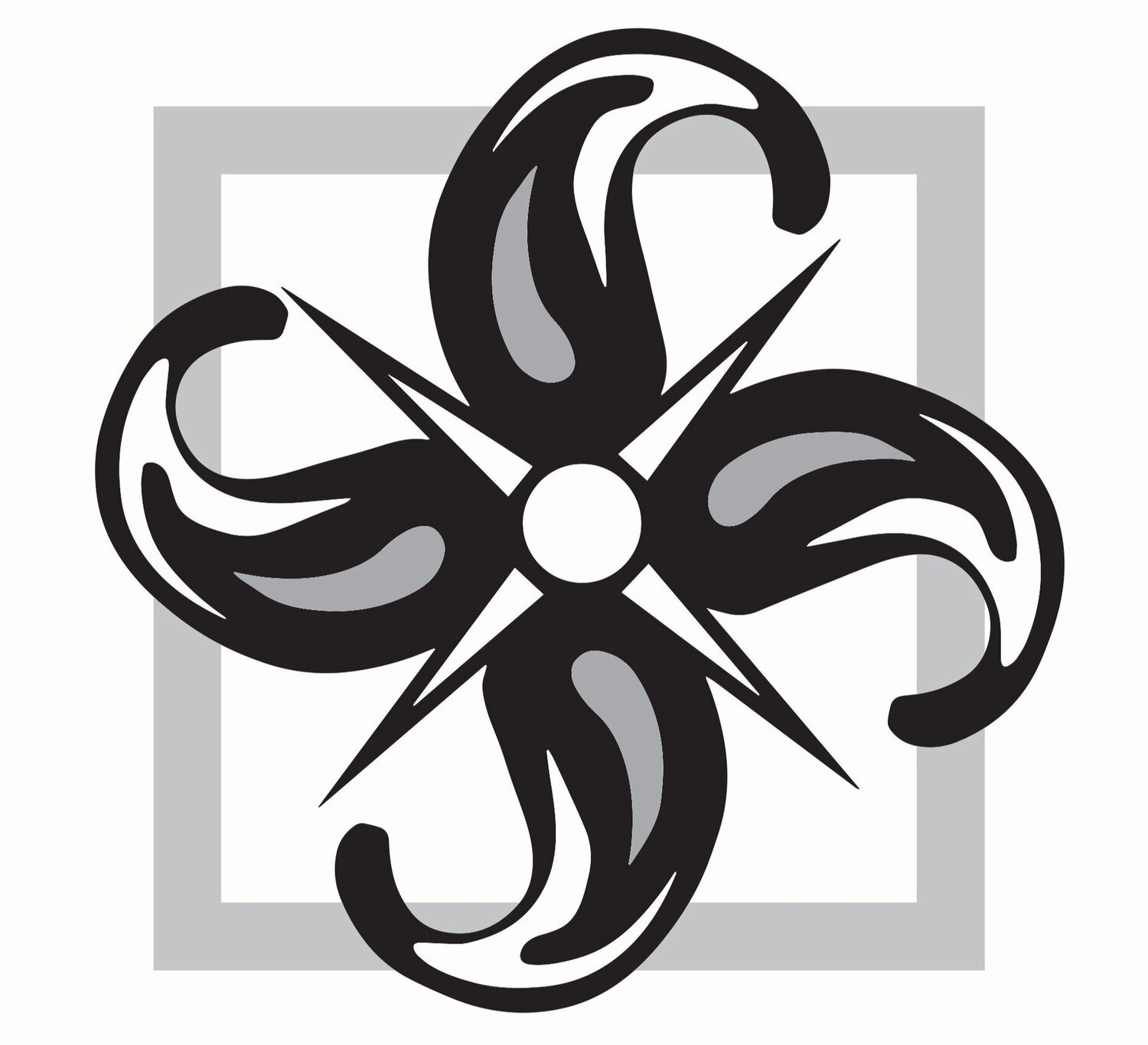"Worry is a way to pretend you have knowledge or control over what you don't - and it surprises me, even in myself, how much we prefer ugly scenarios to the pure unknown."
~Rebecca Solnit, A Field Guide to Getting Lost
When faced with the unknown we can choose to give in to worry and fear; stories of not good enough, not strong enough, and so forth, or we can choose to keep pulling ourselves upward through the broken parts until we reach a new ledge of understanding; pause, regroup and try again. In life, we are presented with (often painful or scary) experiences, or lessons, to help us move through from one point to the next on our path. What makes these moments painful is not so much the circumstance itself, but the way we frame it; and ourselves around it, in our minds.
When we are unsure of what comes next and feel we have no control over it ( which, let me break it to you- ultimately, we don’t) we tend to go straight to that place of worry and self-doubt or shame. In such states our nervous system and brain revert to old ways of dealing with situations in order to try and protect us and our vulnerability. We look behind us at all of the steps we took to get where we are and wonder why we are not further along, or if we have what it takes to keep going. If we find ourselves in a place we’ve been before, or a place we don’t how how to navigate and think we should, we think we’ve failed somehow. Truth is, most people have to work through many layers of the same lesson repeatedly throughout life until that lesson is fully learned.
So often we judge and shame ourselves for finding ourselves “back” in the same place we once were, or not having progressed “enough” according to the arbitrary timeline in our minds. We view movement, or progress in life as linear (and we want it quickly). However, the points on our path are almost never linear. The greatest growth tends to come from falling back on the path and then realizing that we truly are no longer where we once were and have no desire to go back; this propels us into new momentum. In substance abuse programs we tell clients that it is normal, expected even, for them to have a relapse within the first year of treatment. This relapse, step back, is often the turning point where with the right support they find that next level of determination and recommit themselves to their path forward.
What I’m coming to realize is that I am at a peak,
where everything I've learned and worked on I can choose to trust, or I can fill in the cracks with worry and doubt. If I fill those cracks then I have nowhere to move through, no footing to hold me, and I am stuck on the cliffside of fear. If I stay open, it will move through me and I will climb once more.
When faced with uncertainty instead of filling that space with worry and doubt, we can remain open to the possibility for something new to emerge by approaching our experience with a compassionate curiosity, asking, “What can I discover here?” or “ What still wants my attention and care?” rather than putting ourselves down for feeling stuck, or seeing a pattern repeat that we thought we’d already done the work on. The practice of compassionate curiosity will help us to move through life’s lessons with more grace and understanding, and actually be able to move through them instead of kicking ourselves when we’re down, and thus actually remaining stuck in the pattern, or stuck in worry and fear.
Remember friends, what comes slowly lasts.
We can choose to see our struggle as plummeting to the bottom, or as a new peak of awareness.
No matter how much of the work we do, no matter how many practices we commit ourselves to, we ALL will go through this process. That is why the “work” is called a practice.
—————
Here are some questions I’ve adapted from Jack Kornfield’s book, A Path with Heart to help with the practice of compassionate curiosity. When feeling stuck in an old pattern, or full of worry with the uncertainty of a situation, PAUSE and ask yourself these questions. Journal or simply meditate on the answers as they arise naturally, without force:
How have I treated this circumstance and my response to it?
How have I suffered by my reaction?
What is this current situation asking me to let go of?
What part of my suffering is unavoidable and can I learn to sit with and accept?
What is the lesson I can take from all of this? What more can I learn here that I didn’t see before?
What is the hidden value of my circumstance?


